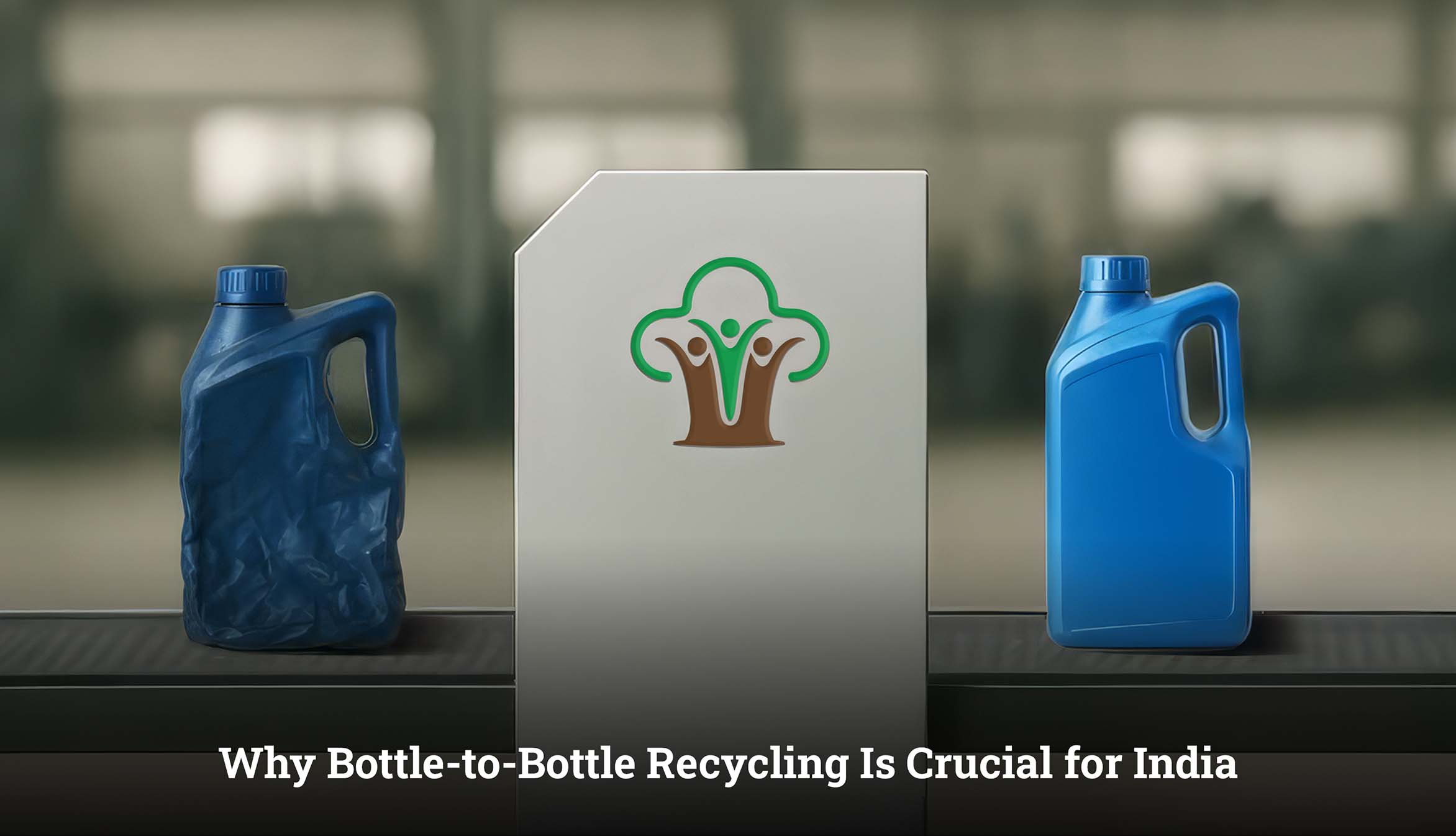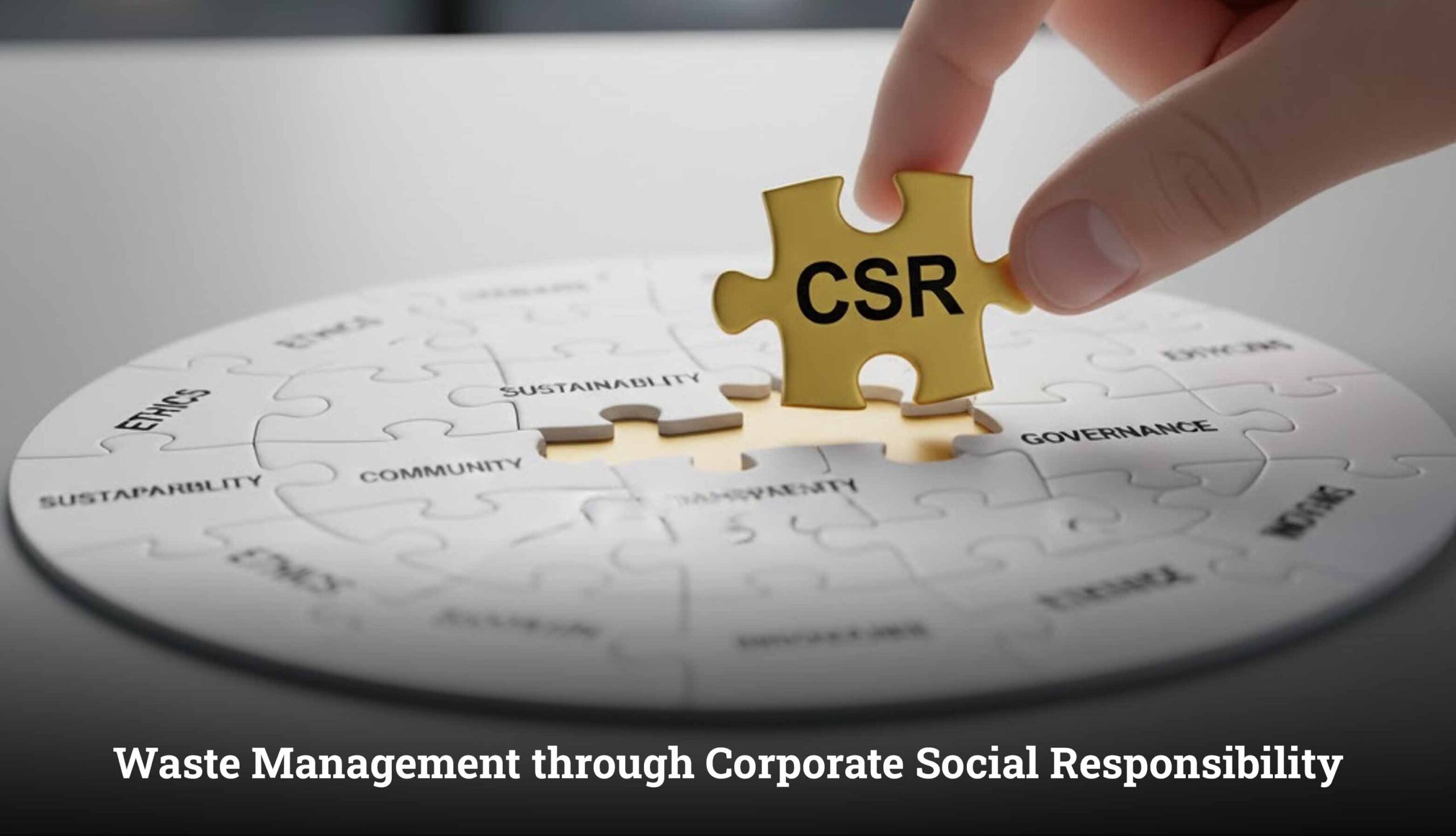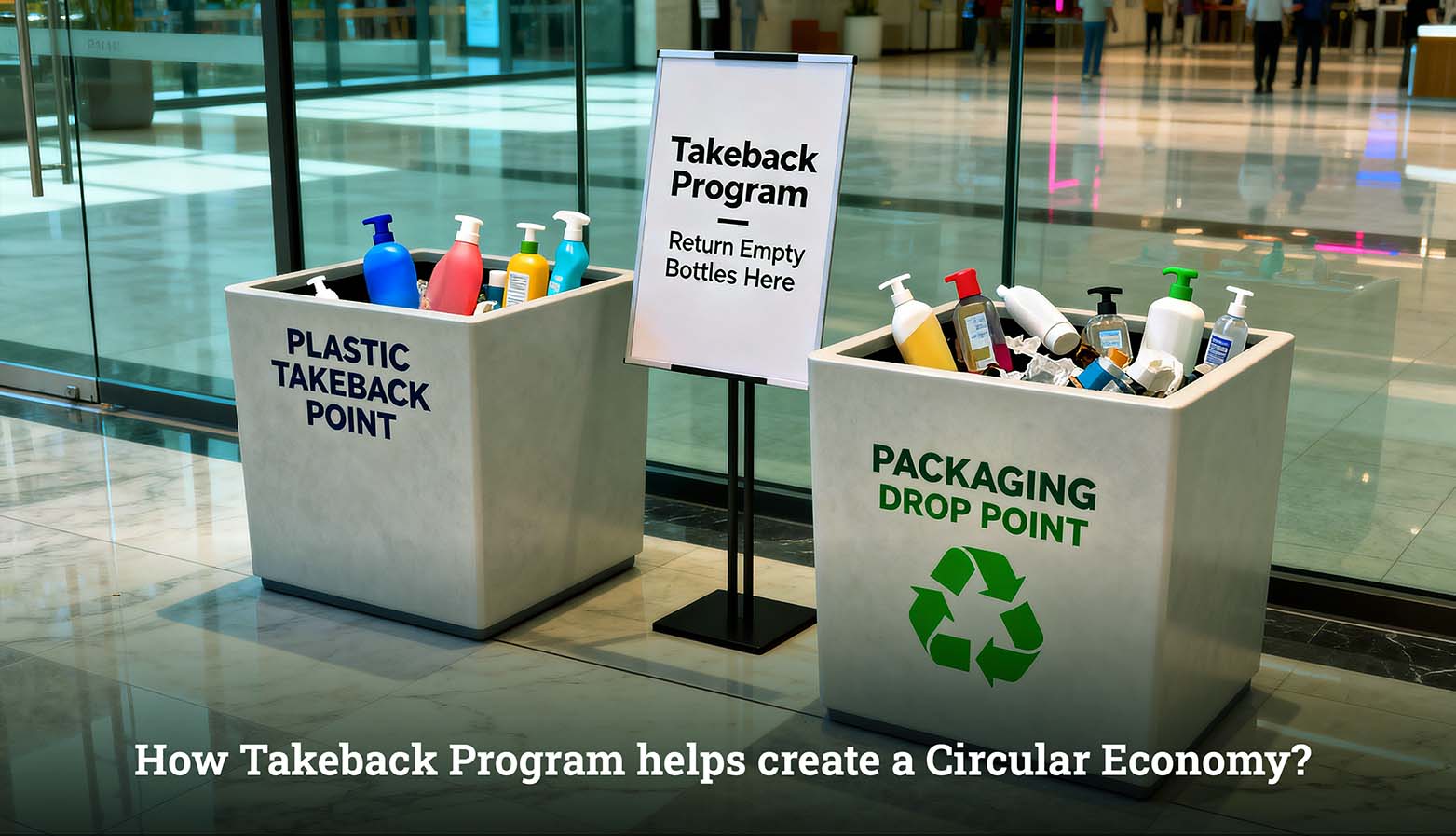The current system of production and consumption that has defined modern industrialized society operates under a destructive and fundamentally unsustainable premise. This is a linear economy, which follows the shortsighted, unidirectional process, Take-Make-Dispose. Such an economic philosophy that presupposes that the planet has unlimited resources and the capacity to absorb waste indefinitely has led not only to an unprecedented economic growth but also to a deep environmental crisis, which has constructed a global tipping point with business as usual being no longer sustainable. The most significant and dramatic opposite to this extractive system is the circular economy, a regenerative model aimed to detach economic activity and the use of finite resources. The difference between linear and circular economy is the fundamental starting point in the creation of a resilient, future-proof industrial and societal system. The linear model retrieves the valuable virgin materials, transforms them into products with a predetermined obsolescence life or with limited life and discards them to the landfills or incinerators, and the virgin materials in a permanent manner, losing their inherent worth. This type of throughput does not just burn non-renewable resources to an inconceivable extent but also causes massive pollution that contributes to climate change and the disappearance of biodiversity. The difference between linear and circular economy is based on three central principles of circular economy, namely, eliminating waste and pollution, circulating products and materials, and regenerating natural systems. Circular economy is expected to retain products and materials at their maximum utility as long as possible. To progressive businesses, the economic and environmental argument of switching to this new paradigm is hard to ignore: not only will it promote innovation and resiliency to resource depletion, but also billions of material value that go down the drain will become accessible. Such a radical difference between linear and circular economy is a required paradigm shift, shifting the world economy from a depleting, open-loop system to a more regenerative, closed-loop and, crucially, guaranteeing the prosperity of the planet on a long-term basis.
Introduction
In the modern world, the restrictions of the classical approach to the manufacturing process are gaining more and more prominence. The world is approaching the limits of the planetary resources extraction and waste absorption, which is why it is absolutely crucial to stop considering waste as a concept and instead focus on its complete eradication. This is a crucial change of outlook which is essentially the difference between linear and circular economy; between the old, unsustainable way of thinking and the new, regenerative way of thinking. The difference between linear and circular economy models shows the biggest challenge of humanity and the most promising solution that can project the industrial society into two completely different blueprints.
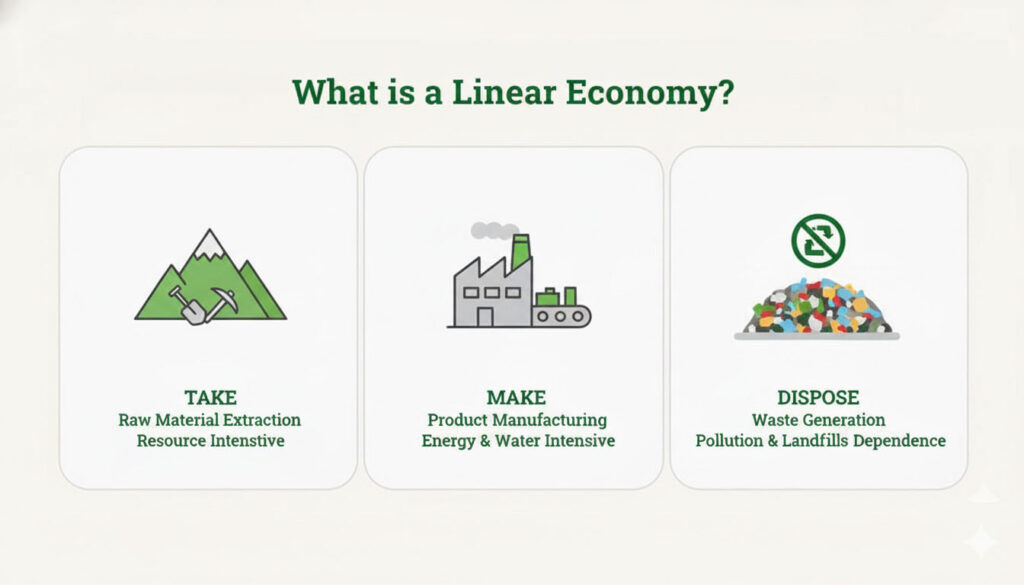
What is a Linear Economy?
Economic models now practiced widely are the linear and circular economy; linear economy which has been the driving force behind most of the growth experienced by the industrialized world in the past century. It is characterized by three distinct phases of sequential and separate stages: Take, Make, and Dispose.
The meaning of a linear economy may be comprehended by its sequential and wasteful procedure:
- Take (Extraction): The earth is mined (minerals, fossil fuels, raw materials). This phase is ecologically disturbing and based on the non-renewable resources.
- Make (Production): The materials are modified to finished products through the intensive use of energy and water.
- Dispose (Waste): Products die off at a rapid rate, and are disposed of, and lost forever to the economy, usually by landfills or burning.
This is what we regularly observe of the linear economy of packaging to electronics when we compare linear and circular economy. The system is based on large quantities and disposable and inexpensive commodities.
Why is the Linear economy not sustainable?
Between linear and circular economy; linear economy by nature is not sustainable as it rests on an unattainable assumption of infinite resources and unlimited landfill. Scarcity and pressure on the environment create a high level of resource wastage and is directly linked to climate change and biodiversity loss, and therefore, it is an existential threat to long-term economic stability and ecological health.
What is a Circular Economy?
The circular economy is a mode of generating the economy in such a manner that it is restorative and regenerative either because the design is crafted to be so or due to deliberate intent. Between the linear economy and circular economy, circular economy tries to ensure all its products, components and materials are at their optimum utility and value at any given time. Three fundamental design principles guide the required transition of linear to the circular economy:
- Design Out Waste and Pollution: Waste is not considered an unavoidable outcome, but a design flaw. Designs of products are made that they can easily disassemble, fix and re-cycle, without the complexity of material used.
- Keep Products and Materials in Use: This is done by implementing strategies such as reuse, repair, remanufacturing, and high-quality recycling. This is to ensure that the utility and life of any resource is optimized.
- Regenerate Natural Systems: The circular model would limit the destruction of ecosystems and, in the best scenario, proactively repatriate safe biological matter (such as compostable organic nutrients) to the ground generating beneficial impacts on the environment.
Difference Between Circular Economy & Linear Economy
The fundamental distinction between linear economy and circular economy is in the result of material flow: the first is an open system that slaughters value and the second is a closed system that saves and reproduces this value. The comparison proves that the linear economy and the circular economy cannot co-exist in any long-term solution; one will have to substitute the other to stabilize the planet.
Feature | Linear Economy | Circular Economy |
Material Flow | Open Loop (Take, Make, Dispose) | Closed Loop (Make, Use, Return, Remake) |
Resource Dependency | High reliance on finite, virgin resources | High reliance on secondary, recycled materials |
Value Principle | Value is lost immediately after disposal | Value is retained through product extension |
Design Philosophy | Planned obsolescence | Designed for longevity, repair, and disassembly |
Waste Definition | An unavoidable end-product | A valuable resource (feedstock) |
This comparison clearly illustrates why the difference between linear economy and circular economy is crucial for businesses aiming for resilience. The linear system is vulnerable to volatile resource prices, a weakness the circular model actively addresses.
What are the Examples of a Linear Economy and a Circular Economy?
In order to really understand the distinction between the linear economy and the circular economy, it is crucial to look at actual business models.
Linear Economy Examples
The coffee pod, made of single-use materials, can be a good linear economy example. Linear economy would also consume enormous quantities of resources in the plastic/aluminum casing, last seconds, and then it is discarded. Linear economy materials lose value immediately and it is a major recycling problem considering the complexity of materials. This is a representation of the inefficiency of the linear economy. Another linear economy example. Is the fast, mass-produced clothing cycle called fast fashion.
Circular Economy Examples
The most prominent example of a circular economy is the Product-as-a-Service model such as leasing of commercial lighting or machinery. The company has no control of the product and is motivated to create the product to last extremely long and be repairable and reclaim the items prior to the termination of the contract. This is in sharp contrast to the wastefulness of the linear economy. Firms such as Philips and IKEA are also setting the strategies to design products to have multiple life cycles to make them easy to disassemble and recycle.
Linear Economy vs. Circular Economy: A Sustainability Perspective
Understanding the linear economy meaning and the circular economy meaning will inherently show the incompatibility in the sustainability perspective. Linear economy meaning, an economy which always pushes the costs onto society and the environment, resulting in resource scarcity, accumulating waste, and the ever-increasing pollution costs. It is the reason why the linear economy is unsustainable. The whole system promotes climate change by requiring more and more primary extraction, a highly energy-intensive activity, and creating enormous waste.
Circular economy on the other hand internalizes benefits. It reduces the necessity of virgin production (and carbon emissions) and encourages the utilization of clean energy, as well as stewards the resources. It is also an answer to the decoupling of economic development and environmental degradation so that the global future can be much more resilient and resource-safe.
Why Should We Transition From A Linear To A Circular Economy?
The shift from the linear to circular economy is not a choice, but an economic risk and planetary limit imperative.
The fundamental causes of this change are:
- Resource Security and Stability: Less reliance on fluctuating international commodity markets of virgin materials and more supply chain resilience.
- Climate Change Poisoning: Recycling, reuse, and remanufacturing will consume less energy than new manufacturing, which will directly reduce CO2 emissions.
- Economic Opportunity: The circular model promotes innovation, generates high-quality jobs in remanufacturing and high-tech recycling, and opens billions of dollars of material value that is not used at present.
- Regulatory Compliance: Global regulations, especially those about Extended Producer Responsibility (EPR) are pushing companies to treat the end-of-life of their products, and a closed-loop system is economically required. This makes the shift in the linear economy to circular economy profitable.
How is Banyan Nation Contributing to the Circular Economy?
Banyan Nation will be a key helping to transform the linear economy into a circular economy, as the revision of the long-standing issue of high-quality plastic recycling will be achieved. We are also disrupting the “Dispose” stage of the linear economy by converting a hard to recycle post-consumer plastic waste, such as multi-film plastics and mixed plastics, into near-virgin quality resin (PCR). Our proprietary, traceable process involves recovering plastic, purifying it and releasing it back to the brand owners in non-critical and critical packaging processes. By ensuring the quality of the recycled plastic, Banyan Nation predetermines that the closed-loop system can be commercially viable, which directly challenges virgin material, and puts the infrastructure needed to make a scalable transition in place.
Conclusion
The difference between linear and circular economy is stark: one degrades value and generates waste; the other regenerates value and eliminates waste. The future of sustainable production and economic resilience lies entirely with the circular model. For any business looking to safeguard its supply chains, reduce environmental impact, and innovate for the next generation of consumers, embracing circular principles is the only viable path forward.
FAQ's
How do regulations differ between the Linear economy and circular approaches?
The major concern in the regulatory efforts of the linear economy is the regulation of pollution and disposal (end-of-pipe solutions). Circular approaches adopt proactive strategies such as Extended Producer Responsibility (EPR) laws, which require the manufacturer of products to take responsibility of the whole life cycle of the product, directly motivating the from linear to circular economy design principles of durability and easy recycling.
Which type of economy is best in terms of sustainability?
The circular economy is undeniably the most sustainable. It is inherently designed to preserve natural capital, reduce pollution, and minimize carbon emissions by prioritizing resource efficiency over rapid consumption, making it the only viable long-term model. To know more about How Banyan Nation’s Recycling Creates a Sustainable Environment?
What is the meaning of linear economy?
The linear economy meaning is the traditional ‘Take-Make-Dispose’ model, characterized by extracting resources, manufacturing products, and then disposing of them as waste, resulting in massive resource loss and environmental strain.
Making recycled packaging the norm.
CITATIONS:
- Central Pollution Control Board (CPCB) of India. (2016). Consolidated Guidelines for Segregation, Collection and Disposal of Plastic Waste. Retrieved from: https://cpcb.nic.in/uploads/plasticwaste/consolidate_guidelines_for_disposal_of_pw.pdf
- Ellen MacArthur Foundation. (2017). What is the Circular Economy? Retrieved from: https://www.ellenmacarthurfoundation.org/topics/circular-economy-introduction/overview
- Fraunhofer IVV. (n.d.). Recycling of multilayer packaging. Retrieved from: https://www.ivv.fraunhofer.de/en/recycling-environment/recycling-multilayer.html
- India Together. (2021). Multi-layer packaging, multiple hurdles. Retrieved from: https://indiatogether.org/flexpack-environment
- Reconomy. (2025). Linear vs Circular Economy: Differences, Benefits & Why It Matters. Retrieved from: https://www.reconomy.com/2025/05/12/linear-economy-vs-circular-economy/
- RegisterKaro. (2025). Linear economy vs Circular Economy in EPR: What’s the Difference? Retrieved from: https://www.registerkaro.in/post/linear-economy-vs-circular-economy
- Roland Berger. (2024). Transitioning towards a circular economy model. Retrieved from: https://www.rolandberger.com/en/Insights/Publications/Transitioning-towards-a-circular-economy-model.html
- SAP. (2024). Six examples of circular economy concepts in action. Retrieved from: https://www.sap.com/blogs/6-examples-of-circular-economy-concepts
- Sfridoo. (2025). Circular and Linear Economy: the key differences for a sustainable future. Retrieved from: https://www.sfridoo.com/en/blog/differences-between-circular-and-linear-economy/
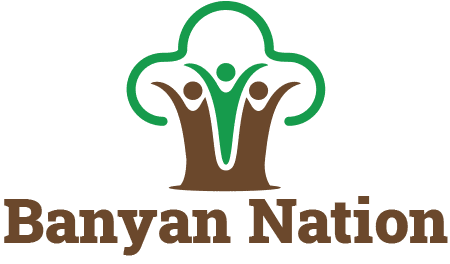
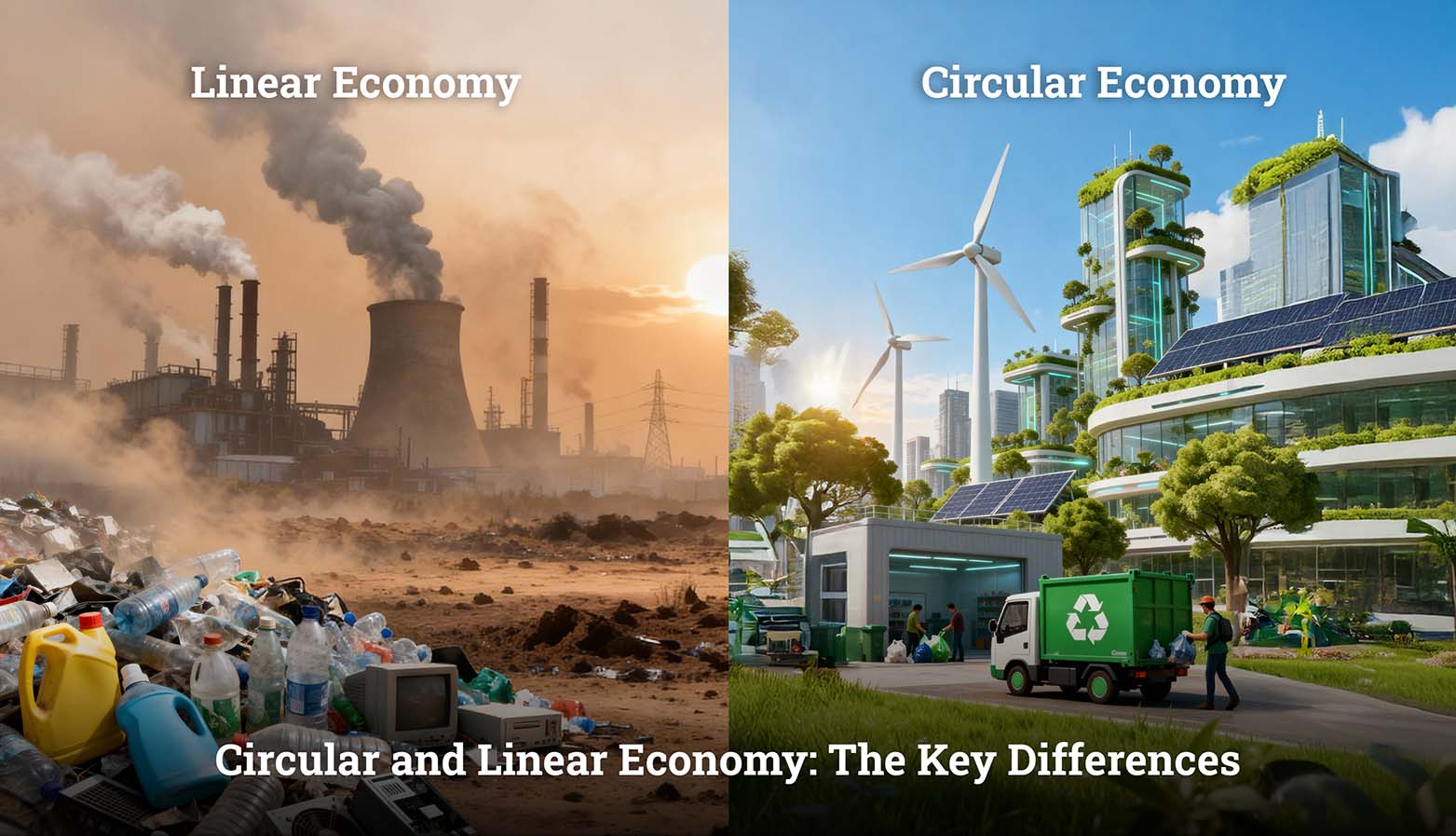
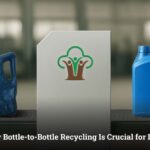 What Is Bottle-to-Bottle Recycling? Why It Matters for India
What Is Bottle-to-Bottle Recycling? Why It Matters for India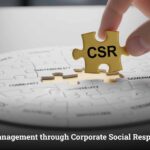 The Role of CSR (Corporate Social Responsibility) in Waste Management
The Role of CSR (Corporate Social Responsibility) in Waste Management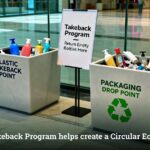 What is Takeback Program & Their Role in Building a Circular Economy
What is Takeback Program & Their Role in Building a Circular Economy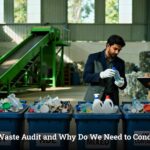 What Is a Waste Audit and Why Should Recycling Companies Conduct One?
What Is a Waste Audit and Why Should Recycling Companies Conduct One?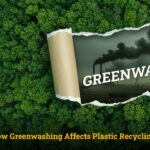 How Greenwashing Affects Plastic Recycling?
How Greenwashing Affects Plastic Recycling?